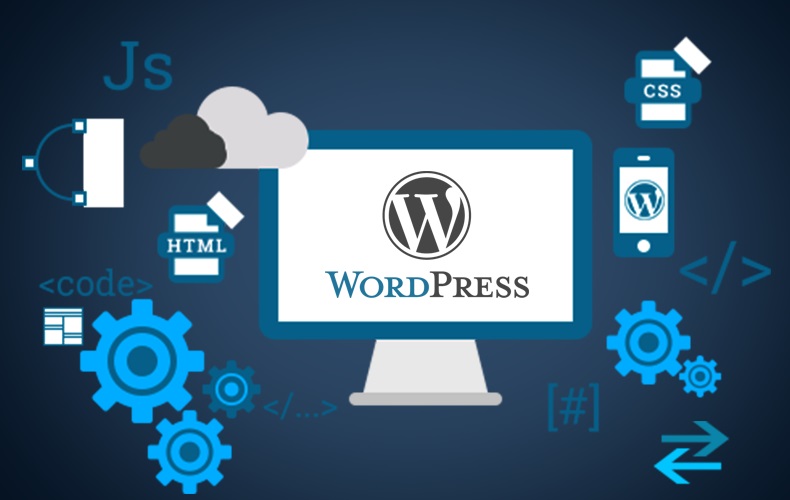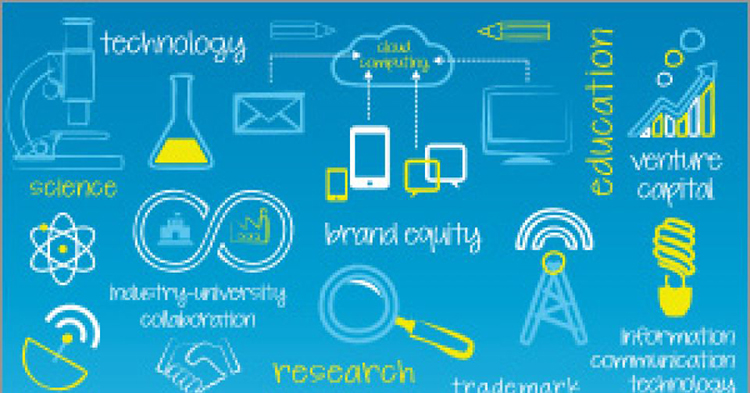There are thousands of free WordPress blog themes, which makes it difficult for beginner to pick from all the choices. We went out and handpicked the best free WordPress themes which you can use for your site.
If you are just getting started with WordPress, you should start with a theme that you can learn quickly and not with a demanding one that requires a high level of programming experience. If you want to start a basic blog or business website and don’t care about design diversity, go back to the previous standard WordPress themes from Twenty-Seventeen. A successful marketing blog should be built around a minimalist blog design with a focus on clear and readable content for the user.
Riba Lite
Riba Lite, one of the best free WordPress themes, features a sleek modern design that competes with premium themes. It features a modern design with full screen width, and works great for a variety of sites, from blogs, portfolio sites, freelancers, or web design agencies and other businesses. It is completely customizable, making it flexible enough for about anything,
Panoramic
Panoramic is an excellent free WordPress theme for all types of websites, e-commerce shops, and blogs. This attractive and super flexible theme creates a premium appearance that you can use for free and is great for business blogs, private blogs, travel sites, corporate websites, business services and almost other types of websites.
Conica
Conica is a flexible WordPress multi-purpose theme which can be used to build any type of site. This versatile theme can be used for personal and business websites of almost any type. This attractive and super flexible theme, with a premium look that you can use for free, has a responsive layout that allows you to create a portfolio or a corporate website where you can present and showcase your previous work. It has a straightforward and flat design that combines the kind of content you want to publish on your website.
Activello
Activello, one of the free WordPress themes you can use for both personal and professional blogs, has a flexible, clean and minimalist design that makes it suitable for all types of businesses and personal blog niches. It comes with a slider so you can showcase the latest, most popular and important content.
OceanWP
OceanWP can be used for all types of sites, such as news, magazines, blogs, business, and e-commerce shops. It provides multiple layout options such as a full width website, 2 navigation menus, a custom top logo, support for multiple sidebar areas, a beautiful image gallery and much more.
Phlox
The Phlox theme can be free from Averta websites and gives you the opportunity to design a cheap website if you’re not sure where to start. This theme includes features like product search, category selection, full width sliders, featured products, latest product carousels, CTAs, billboards, banner call-out sections, home page and more.
Neve
Neve does a great job by inviting users to select one and install the theme with a starter site, so that you don’t get stuck with a site that looks unattainable. In other words, a WordPress theme is a way to change the look of your site with color, fonts, what type of sections you have and what buttons look like.




